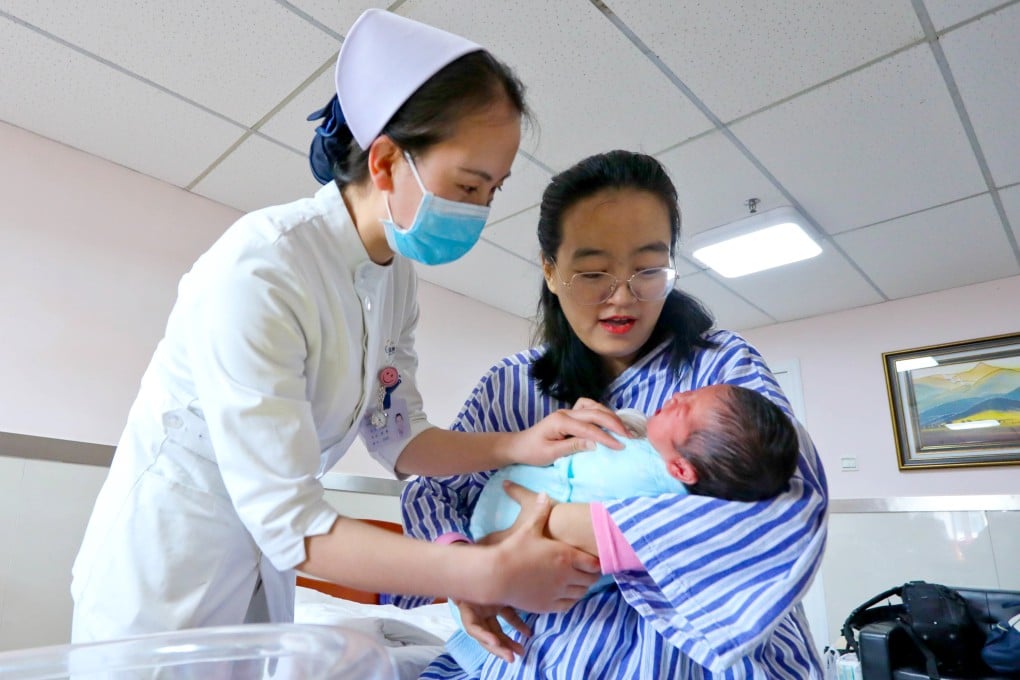Has China’s population peaked? Drop in newborn screening underscores birth crisis
- Data on screening rates for birth defects indicates the number of newborns fell in Henan, the country’s third-most-populous province, in the first six months of the year
- The statistics underline the growing demographic crisis facing the world’s No 2 economy, which is also grappling with a fast-ageing population

The number of newborns dropped in several Chinese provinces in the first six months of the year, according to new data, adding to concern that China’s population could start declining as early as this year.
Babies born in Henan, the country’s third-most-populous province, fell by 9.5 per cent in the first six months of 2022 compared to last year, according to calculations made by the South China Morning Post using publicly available data on screening rates for birth defects.
By law, Chinese babies undergo physical examinations within 1-3 days of birth. Henan has not yet released the total number of newborns this year.
Dezhou city in Shandong, the second-most-populous province in China, registered 15,323 newborns in the first six months of the year, a 9.3 per cent decline compared to the same period last year, according to data released by the local health commission earlier this month.
Guiyang, capital of the southwestern province of Guizhou, saw the number of newborns drop by 3.3 per cent over the same period, the city said.